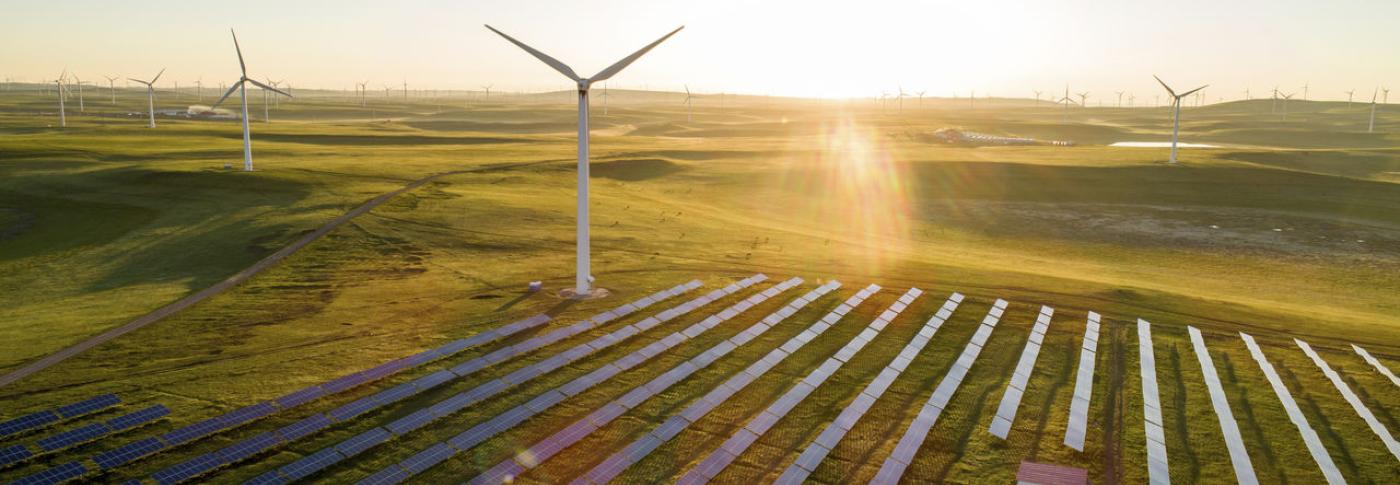The critical role of innovation in delivering a net zero…
27 Mar 2024 - 2 minute read

15 Dec 2020 - 3 minute read
As Britain’s energy system continues its transition to net zero, one of the key roles we’re playing at National Grid ESO to advance the effort is to transform the way the national electricity system works with regional networks to create a smarter, cleaner grid.
The latest initiative in our regional development programme (RDP) is a new operational system designed to unlock more capacity for smaller, regionally-connected – and often renewable – power resources in in the south of England.
We’ve been working closely with National Grid Electricity Transmission (NGET), UK Power Networks (UKPN), Scottish and Southern Energy Networks (SSEN) and Western Power Distribution (WPD) on the initiative, which will be rolled out in three phases along the south coast.
UKPN recently became the first distribution network operator (DNO) to use the system on its electricity network as part of the first phase – enabling up to 600MW of distributed energy resources (DERs) to be connected in the region – with SSEN and WPD due to roll it out on their networks in the new year.
What are distributed energy resources?
Distributed energy resources (DERs) are connected and provide power to regional networks rather than to Britain’s main transmission system, improving the flexibility of the grid and its ability to draw on energy resources beyond the larger centralised power stations.
The new system directly connects the local network operator’s control room with our national control room, providing better visibility and control to keep the system balanced.
It also allows for more efficient management of the growing volume of DERs in the region, such as small and medium-sized wind and solar farms.
The new south coast initiative will more fully harness these DERs’ potential, enabling them to play an important role should transmission network conditions become particularly challenging – for example around the time of a fault on the network.
It's strengthening coordination and collaboration across the whole system, and marks another step towards being to operate the electricity system with zero carbon
DERs in the area will be able to continue providing power to the grid during difficult system conditions, when previously they might have been restricted off in anticipation of a fault to avoid overloading the system post-fault.
It offers vast improvements against traditional ‘intertrip’ systems, which only enabled on or off settings for connected generators when faced with adverse network conditions.
It will benefit a region which has already seen significant growth in DERs, making sure as much generation as possible can be maintained according to the system conditions.
As energy becomes more decentralised and its consumption becomes more varied, initiatives like this are advancing the role DNOs will have in managing the network at a local level, and are strengthening coordination and collaboration across the whole system to make sure regional resources can support an efficient and resilient transmission network.
Since renewable energy makes up a significant volume of today’s connections at a regional level, the project marks another step towards ESO’s ambition to operate the electricity system carbon-free by 2025.